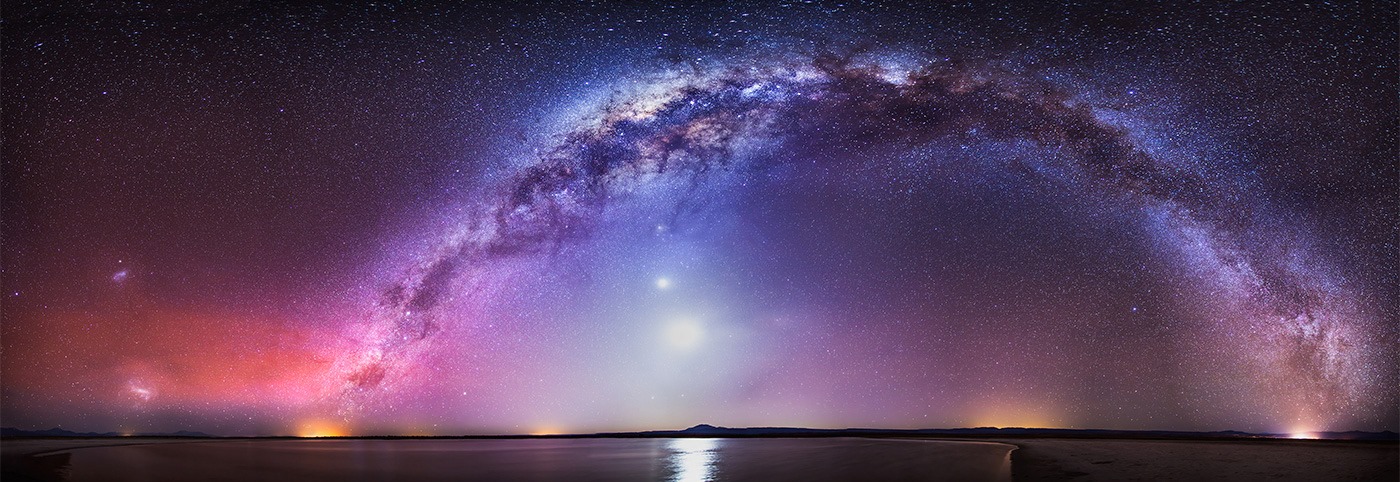ESA Science on Twitter
#Space #Science #ImageOfTheWeek: From fundamental physics to exobiology, the International Space Station’s Columbus lab tackles big questions in space science: https://t.co/iz7UxMl2ZK #Columbus10years @esaspaceflight pic.twitter.com/8uZdJTDDGm — ESA Science (@esascience) February 5, […]
